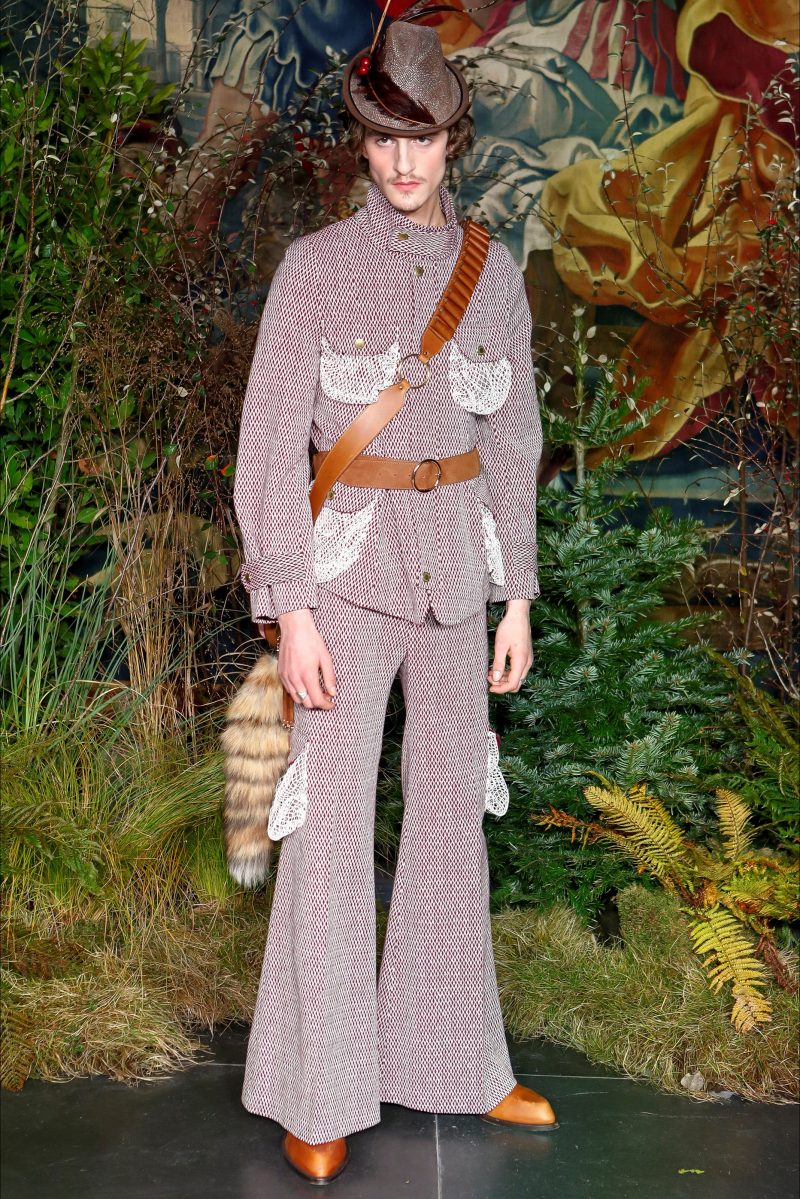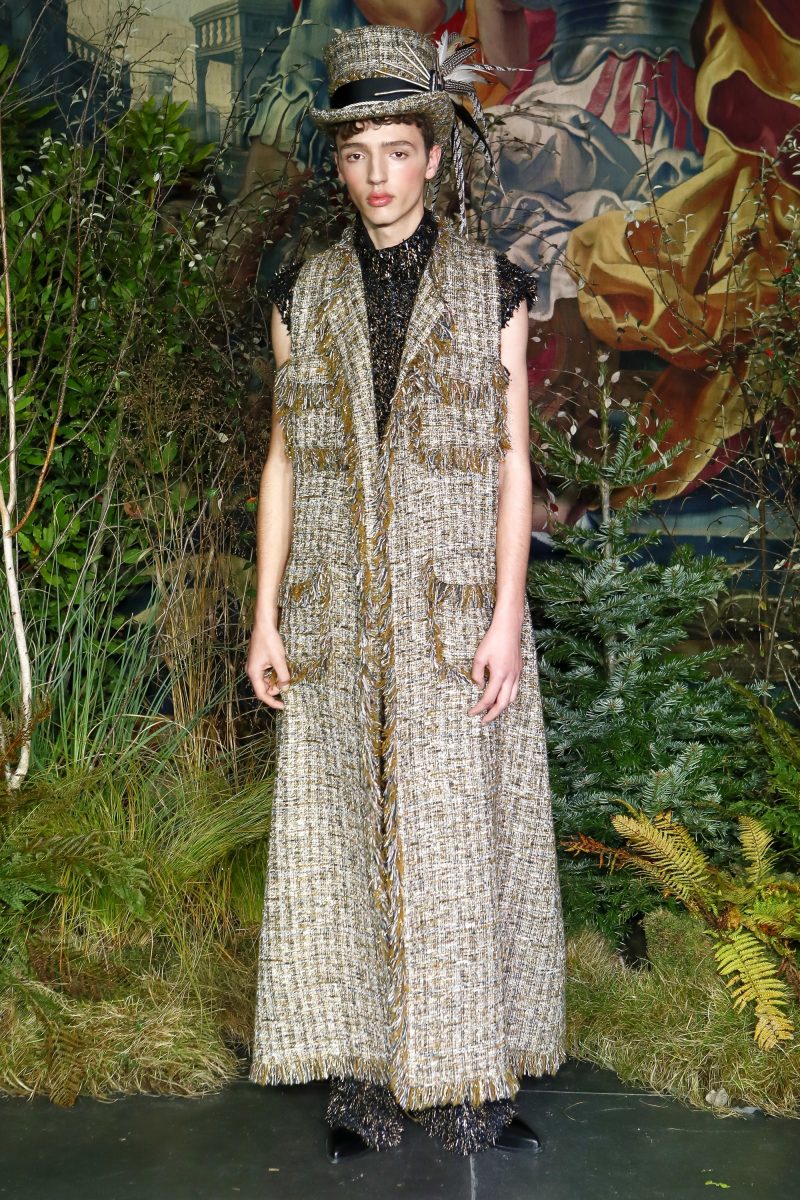 Who was Pedro Rovira? Why has his work been hidden for decades if it was one of the great Spanish tailors? Coinciding with the centenary of the birth of the dressmaker Pere Rovira i Planas (1921-1978), the Badalona Museum pays tribute to one of their illustrious sons with a wide retrospective that recovers the figure and contemporary spirit of the Badalona born couturier’s legacy .
Who was Pedro Rovira? Why has his work been hidden for decades if it was one of the great Spanish tailors? Coinciding with the centenary of the birth of the dressmaker Pere Rovira i Planas (1921-1978), the Badalona Museum pays tribute to one of their illustrious sons with a wide retrospective that recovers the figure and contemporary spirit of the Badalona born couturier’s legacy .
In an illustrated monograph recently presented in parallel to the exhibition, Lorenzo Caprile assures in his prologue that Pedro Rovira “was in the middle of it all, but he stayed halfway”, referring to his premature death that prevented him from becoming a legend. The designer managed to develop his own identity throughout his career and was able to embrace two opposing currents: he began working with more classic Haute Couture through exclusive collections and later took a turn towards democratic fashion with more versatile and plural series productions that brought design closer to the new generations of consumers, beyond the bourgeois elites. On a historical level, his legacy also coincides in a time of transition: from the end of the dictatorship to the beginning of a new democracy with new customs, needs and ways of conceiving fashion.

From the oven to the needle
Pedro Rovira’s family owned a bakery in Badalona, but since childhood he had a great passion for sewing, making dresses for his friends’ dolls or painting figurines. A hobby his father did not like. He began studying medicine, but quickly abandoned the career for another job related to the needle: Celso Roldós, from Badalona, a tailor officer at the prestigious Santa Eulalia house in Barcelona, taught him the trade. Very soon Rovira would fulfill his wish to travel to Paris in search of new opportunities. He had high ambitions and he wanted to perfect his technique. In the French capital he became friends with Cristóbal Balenciaga, who would influence him greatly in his early days. In Paris he soaked up two years of trends through the fashion shows of the leading dressmakers of the time. When he returned in 1948, he founded his own haute couture workshop in Barcelona, in the Gracia neighborhood, although he continued to live in Badalona.

Boom and internationalization
Pedro Rovira’s fame spread like wildfire in the 1950s. The designer’s savoir faire, thanks to his Parisian background, together with his personal magnetism, quickly led to the recognition of the Catalan bourgeoisie with the support of several high-ranking ladies society who were assiduous to their refined designs. Later, when the Balenciaga atelier closed in 1968, some of the Basque dressmaker’s clients such as the Marchioness of Torroella de Mongrí, María del Carmen Ferrer-Cajigal and her daughter Carmen de Robert would also knock on Rovira’s door. In fact, Pedro Rovira was adept at dressing several generations of women from the same family with versatile and flexible designs that were adapted to every occasion. For Rovira, fashion was a servitude.

At the end of the 1950s, Pedro Rovira’s fame spread throughout Europe with shows in Frankfurt, Stockholm, Milan and Venice, and in 1964 his designs reached New York, seducing the North American public. On those trips he was accompanied by the most illustrious models of the moment who acted as ambassadors of his style: María del Carmen Aznar, Carmen Paré and Isabel Martín were the most common. Later, with the boom in ready-to-wear collections, he would work with the model and businesswoman Francina Díaz, the actress Teresa Gimpera and some sporadic ones like Nati Abascal, photographed by Antoni Bernad. International success continued in the sixties and seventies with criticism in their pockets and Rovira’s designs appeared on the pages of prestigious magazines such as Vogue, Harper’s Bazaar, Elle, Marie Claire. After being acclaimed internationally and gaining recognition from specialized critics, in 1964, finally Rovira was admitted to the Cooperative of Haute Couture, which brought together the most elite fashion designers of the country as Pedro Rodriguez, Asuncion Bastida, Manuel Pertegaz, Santa Eulalia and the Floating Dam, considered the Big Five of Spanish Fashion. Carmen Mir also joined the cooperative the same year as Rovira.

The year 1968 was historical for Pedro Rovira. In full expansion of the brand, the designer decided to launch the first collection of democratic fashion with different lines for all ages, occasions and moments. That was a remarkable breakthrough in the history of Spanish fashion because despite some attempts by other designers, serialized proposals have never been launched with designer garments at more affordable prices. Pedro Rovira’s ready-to-wear designs were daring but very wearable. They combined fantasy brought to the street through geometric fabrics, graphic prints and vibrant colors for a cosmopolitan and contemporary woman who embraced the society of change in Spain.

An unexpected end
In the early seventies the brand had two boutiques in Madrid and throughout the country. Just when the firm was experiencing its greatest splendor, there was a setback that condemned it to a sudden fall and later oblivion: the designer’s precipitous death from a heart attack in 1978. He was only 57 years old. The firm that bore his name still worked for a time, since it had achieved a lot of diffusion and presence in the market, but without the claim and the great creative power of Rovira, the brand had to close in 1980.

An extensive legacy
After a first tribute at the Madrid Costume Museum by the Fundació Antoni de Montpalau, the Barcelona Museum has displayed all of Pedro Rovira’s work in a large retrospective exhibition dedicated to the couturier to commemorate the centenary of his birth. This exhibition, open from 4th June 4 to 18th October 2021, represents a broad and complete review of the work of the Badalona born couturier: it occupies two floors of the museum and is arranged chronologically following the production of Rovira from the early 1950s to the last collections from 1978. Some eighty dresses and more than one hundred drawings come from the Col·lecció Antonio de Montpalau, collaborator of the initiative, and pieces from the Badalona Museum collection and from the Rovira heirs are also exhibited. The tribute is completed by a documentary that rescues the memory of his legacy and a widely illustrated monograph. An extensive tribute to resuscitate the great figure of Pedro Rovira from oblivion and place it where it deserves in the history of Spanish fashion.

Palomo Spain has hit the heights and is heading for success. In two years the company of the Cordoba Designer Alejandro Gómez Palomo (Posadas, 1992) has passed from anonymity to be on everyone’s lipse. And the critics predict him a good future in the fickle fashion industry. He is not lacking in merit. The key to his success has been to revolutionize the masculine wardrobe with clothes that boast transgression, creativity and colour without limits: provocation as a flag. Palomo Spain dresses men in traditionally feminine articles of clothing creating a peculiar eighties universe with an Almodovan aesthetic. His creations are fresh and innovative, with garments that are equipped with all luxury of details and silhouettes that blur gender barriers.
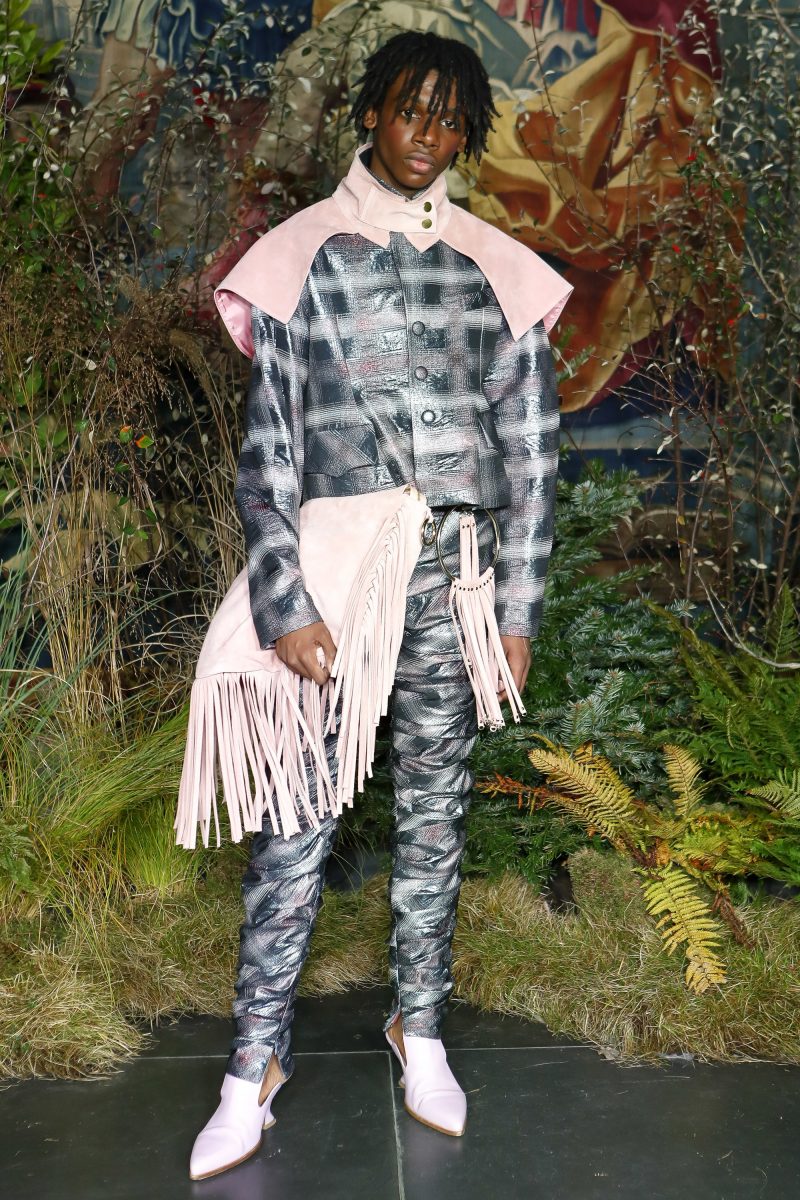 |
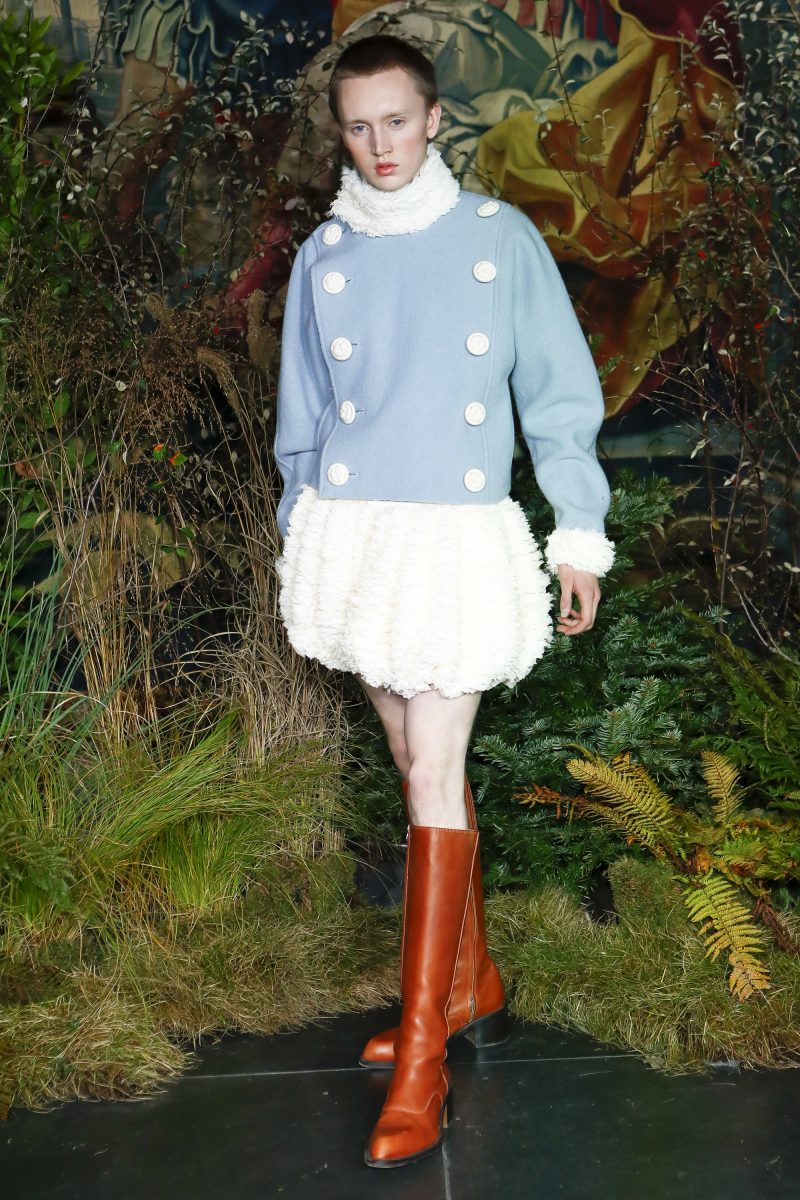 |
The firm not only designs for men in its more feminine offerings. Palomo Spain takes a step further. Artists such as Miley Cyrus and Rossy de Palma have exhibited his creations on the red carpet. In fact, the fame of this designer grew exponentially when Beyonce chose a gown by the Spanish company for the public presentation of her twins last July. In November Rita Ora appeared in a bathrobe by Palomo Spain at the MTV Europe Music Awards.
After having gone through several fashion weeks, such as that of New York, Alejandro Palomo’s company was chosen to open Paris Male Fashion Week, one of the most important events in the sector, held in mid-January in the French capital.
The collection which he presented for next autumn-winter 2018 / 2019, is entitled ‘The Hunting’ and is inspired by the aesthetics of hunting, combining the more masculine English essence with the spirit of the South, much more folky and ornate, full of colour and prints that are distinctive features of the Cordoba brand. In the designs there is no shortage of furs, tweed, tartan, velvet or wool in classic cuts of the Montería, such as full skirts, corsets, capes and coats. It is an offering of green, persimmon, red and orange tones full of details, as are the line of accessories by Tolentino of Seville that accompanied the winter collection: traditional hats, felt forras… that give the finishing touch to the glamorous hunting looks.
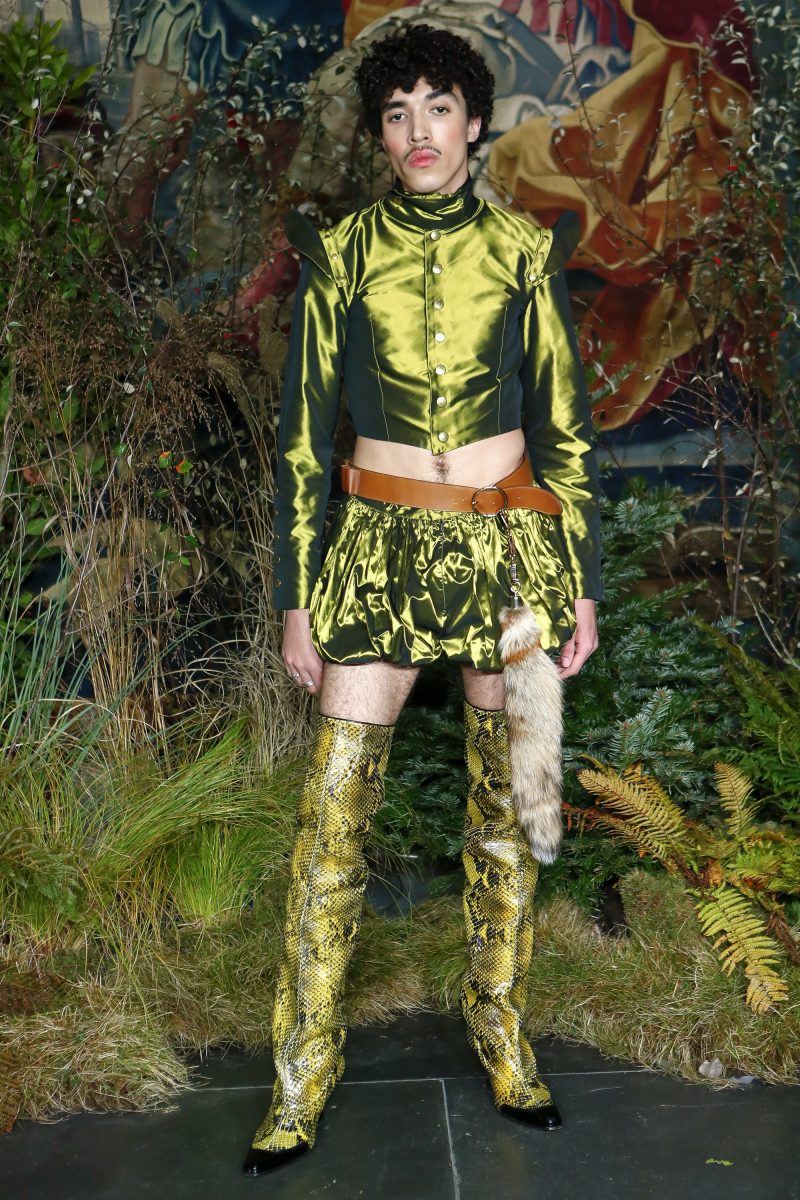 |
 |
In February, Alejandro Palomo will also have his spot on public television, participating in the new talent show by Spanish Television, Master Seamsters, a fashion programme that displays the art of the designer, emphasizing everything that is behind the fashion media spotlights. It is a contest in which the young designer will act as jury and mentor along with veteran designer Lorenzo Caprile and the Valencian María Escoté.
Gratacós support the talent of Palomo Spain and wish him many more successes.
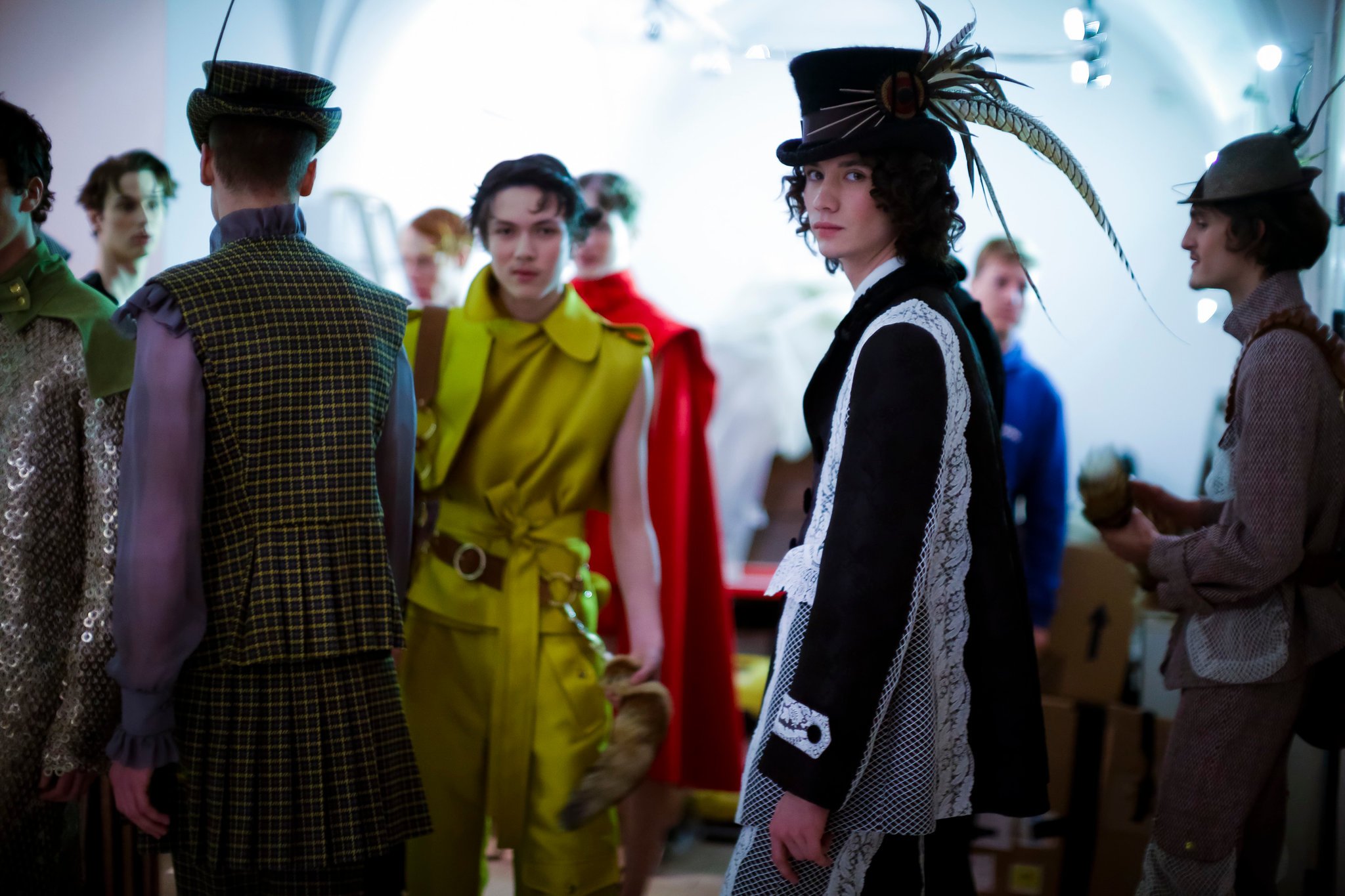
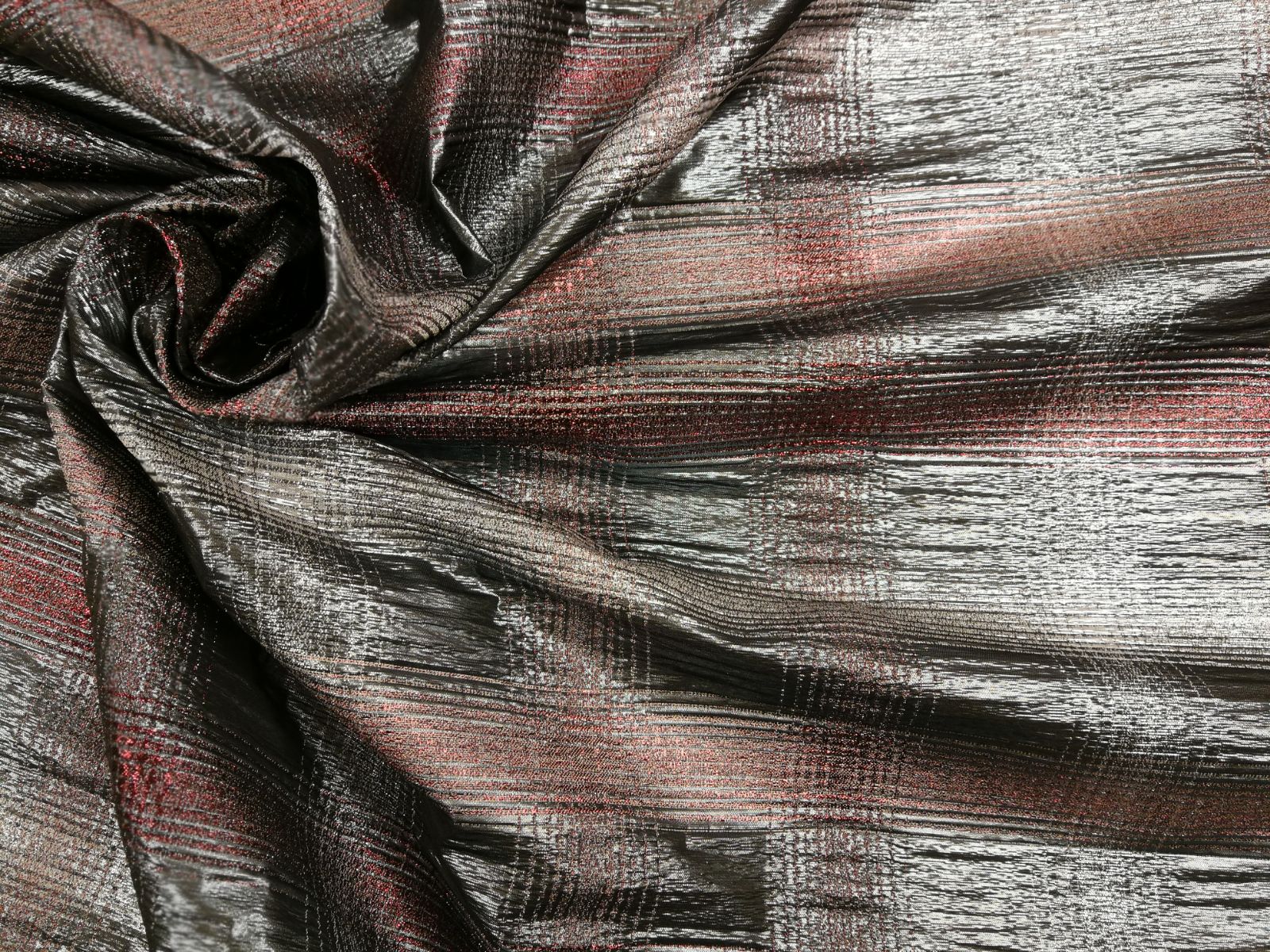

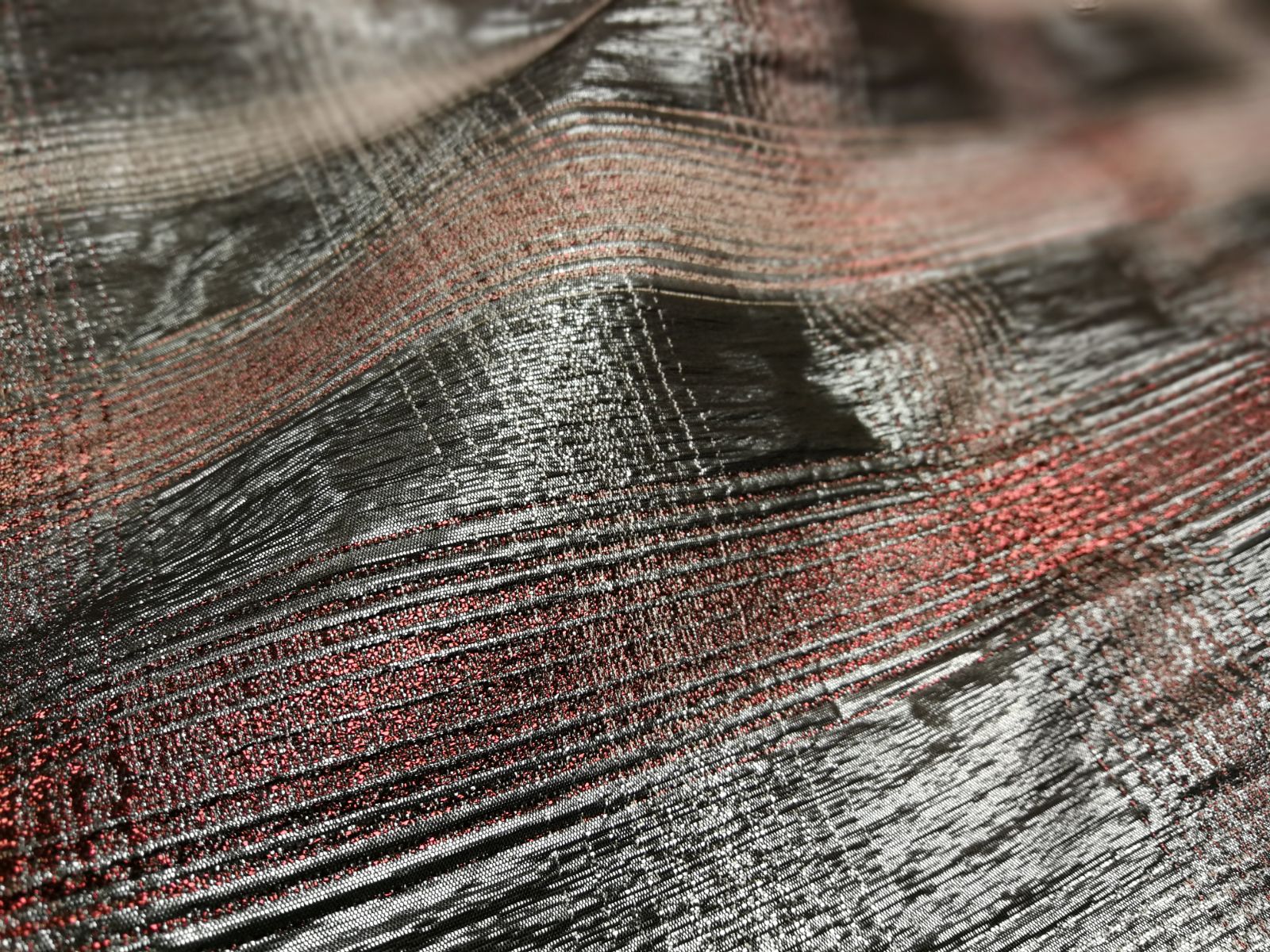
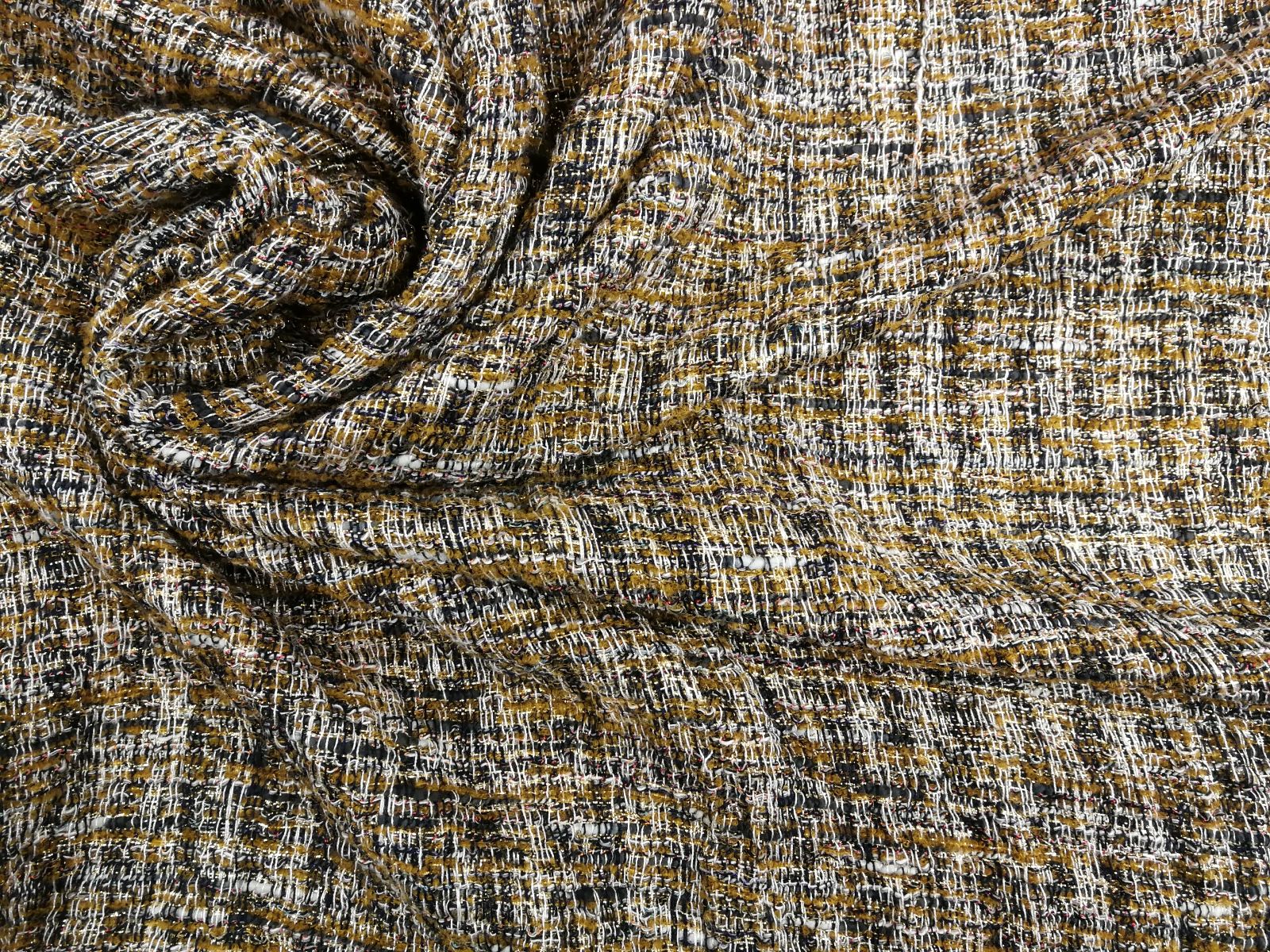
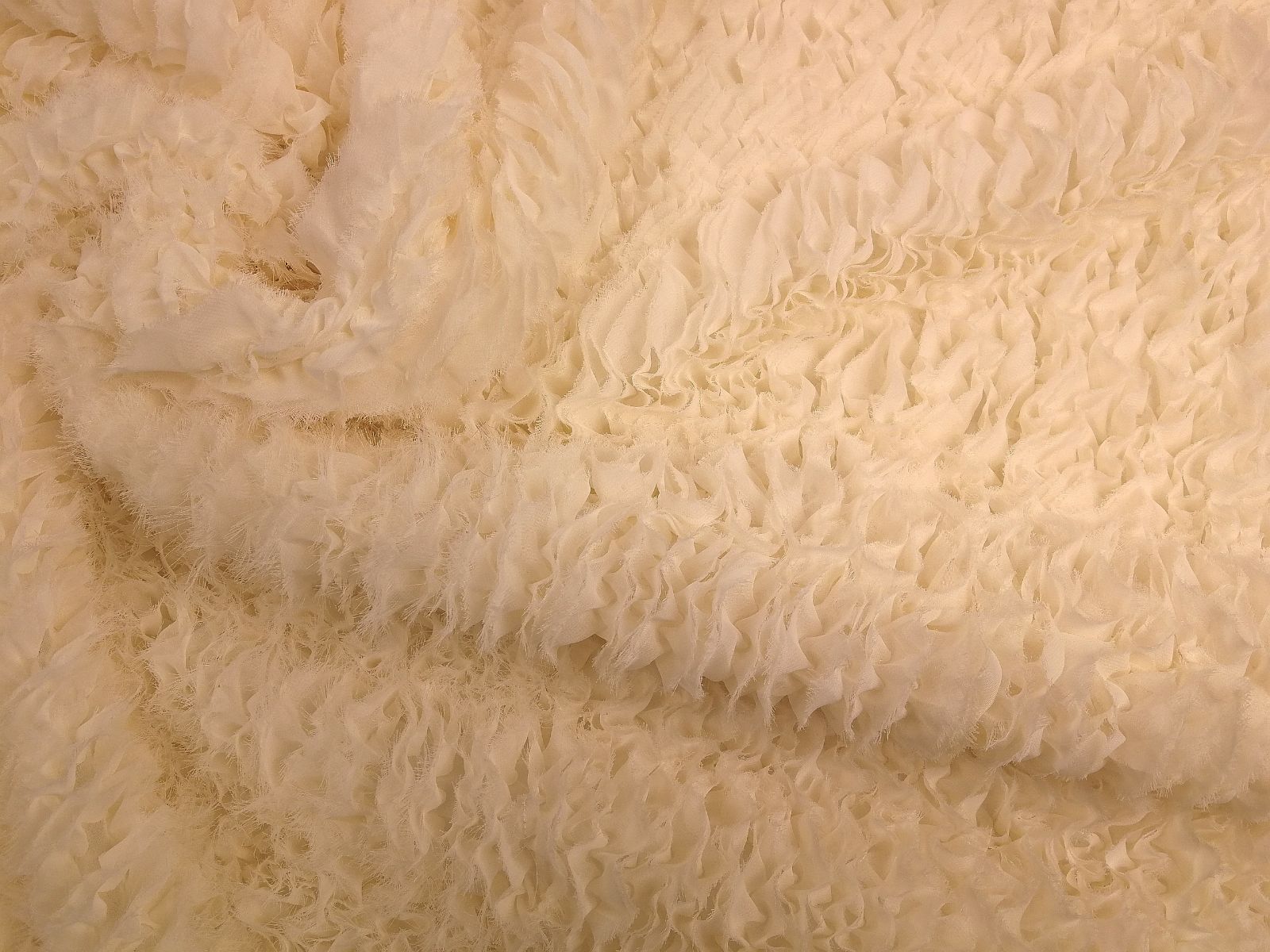
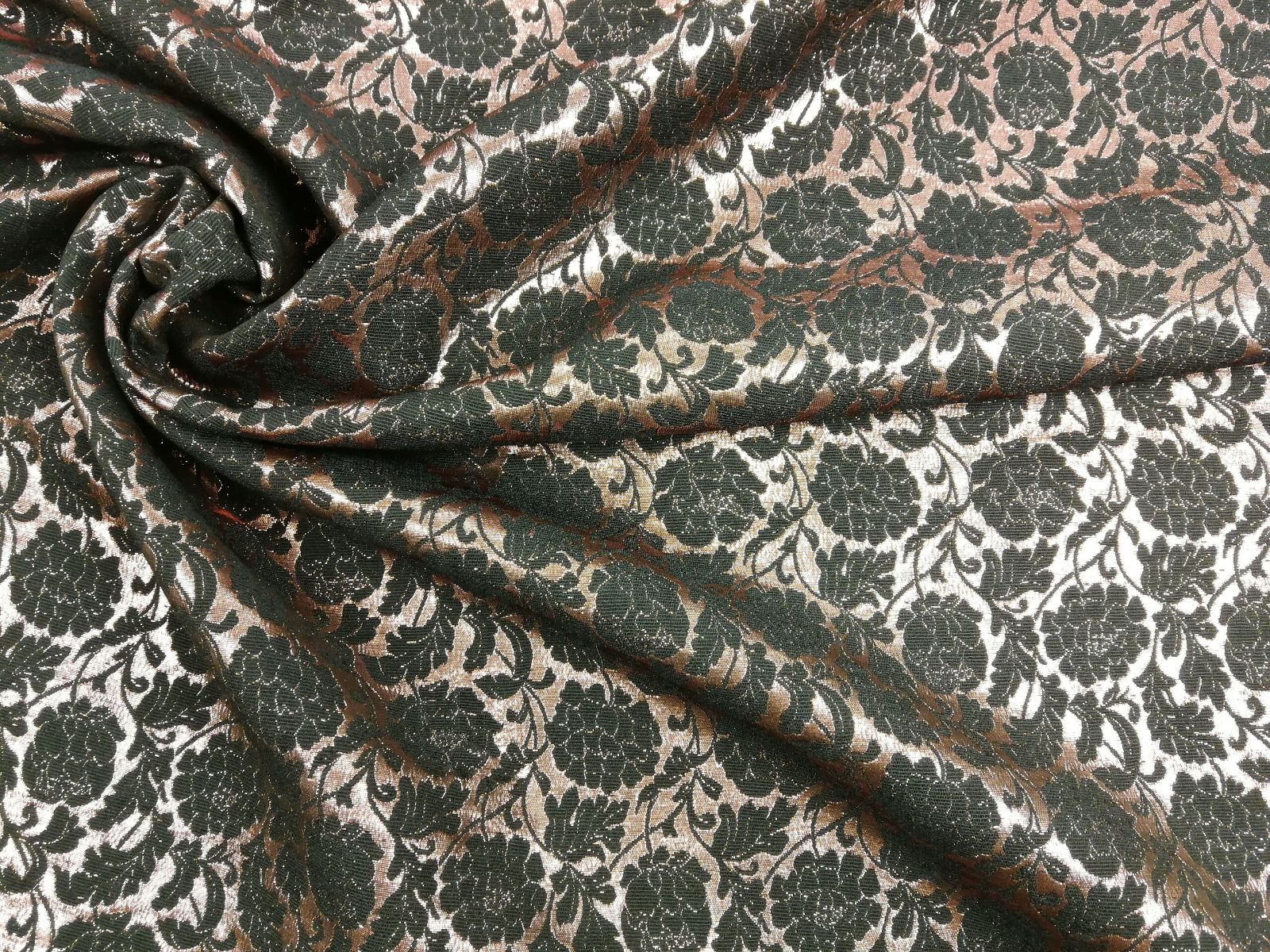
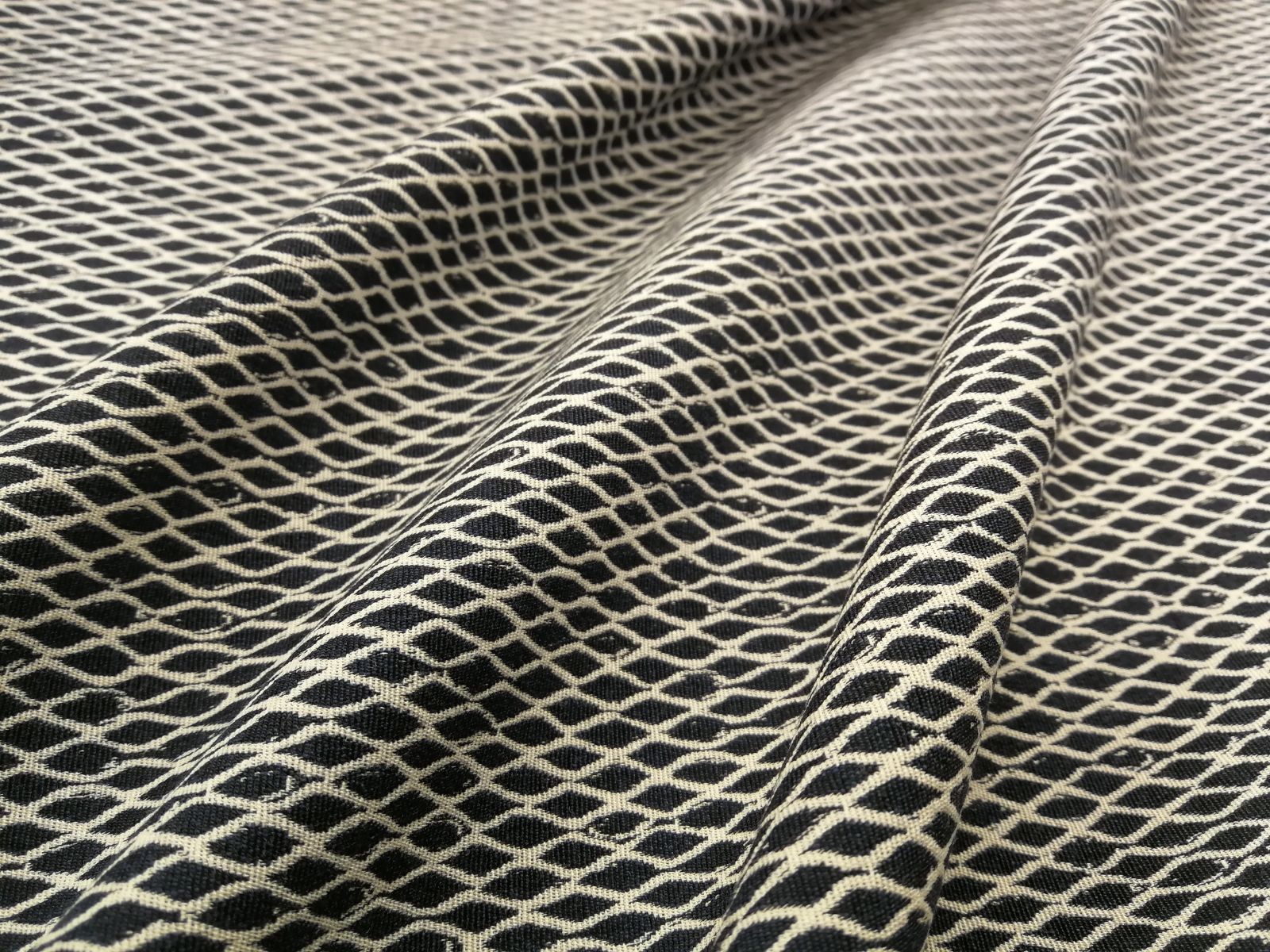
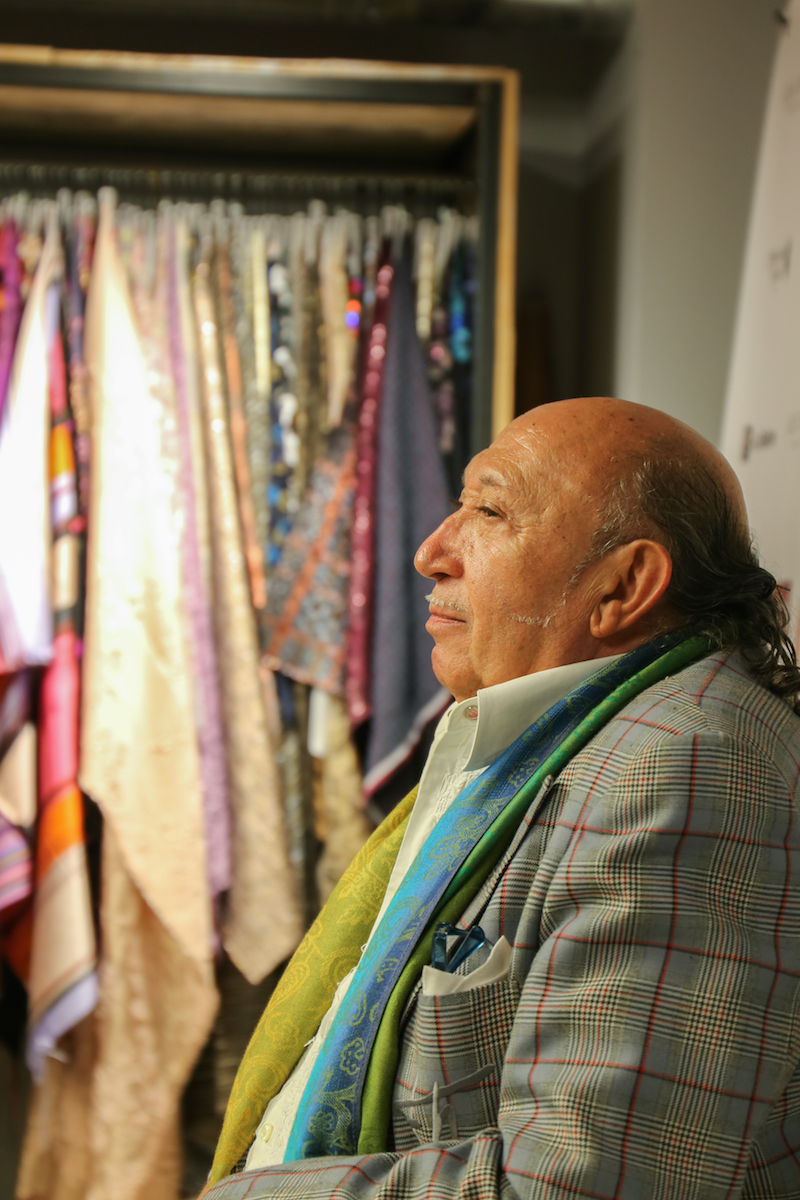
After the valuable teaching imparted by Alejandro Resta and Núria Sarda, this month one of the big needles has come by the Gratacós space : Francis Montesinos. The popular Valencian designer took over the show in the third presentation organized by the initiative Designers Fashion Experiences for the second year running during the autumn months . With a casual language, some humour and a rich portfolio of anecdotes that review his extensive career in the sector, Montesinos knew how to win the love of the public (students and lovers of fashion in general) who did not hesitate to write down the advice and learn from the ins and outs of his professional career.
We review some of the questions from the interview as well as their answers. For even more detail you can read the information on the website Designers Fashion Experiences.
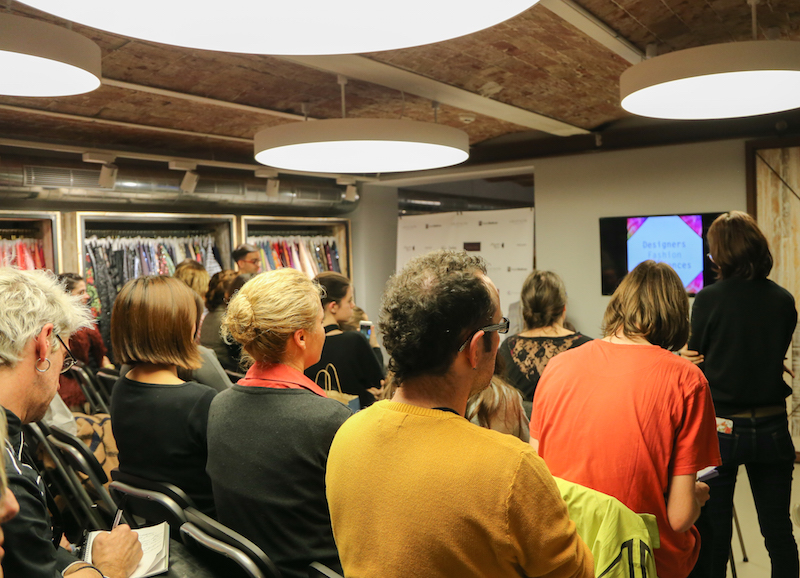
How does Francis Montesinos understand fashion?
Fashion is my way of life. I started when I was very young, when I was about 14 years old, I began to know it existed and I was already browsing to find out more about it. At 15, I started creating clothes. At that time I had a girlfriend and I made her clothes: I went to the fabric stores, I looked at the magazines … I discovered how things were done like a collar or sleeves. Without realizing it, I learned the first part of fashion, a part that is not real but wonderful.
Remind us of those beginnings after that first phase and, how was the sector in the 70s?
At that time there was nothing in Valencia and in 1974 I came to Barcelona. I have to add that everything I had learned did not help me at all. I remember that I started in the industrial area of Barcelona and that’s where I set up my first workshop. I was very lucky because I lived a moment of change, of transition between haute couture and prêt porter -A- and I could count on the expertise of the pattern makers . In 1984, I went to Madrid, where the Madrid movement started, but in fact it was also made up of designers from all over Spain. Also to mention that I lived the hippie movement in Spain that also influenced my collections. That’s why I tell you that I’ve had the good fortune to experience two great changes in fashion and learn from them.
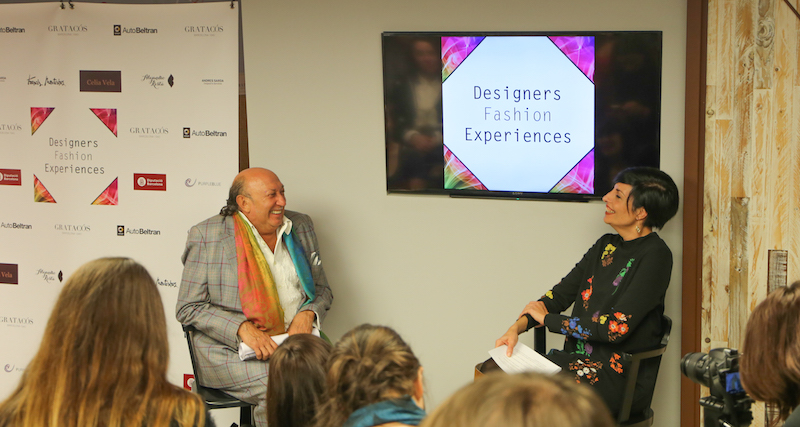
“The Madrid movement and hippie movement have influenced my designs”
What is the value and importance of the fabrics?
At that time I liked fabrics a lot, like I do today. I remember going to markets to touch the fabrics, to feel their shape and to imagine what I would do with them. It was as if the fabric was telling me what to do with it, not the other way around. That is why I always say the same thing: it is very important to touch a fabric, appreciate it and know what you will do with it. Personally, I like natural and organic fabrics like cottons, silks, wool … I think they are more authentic.
What values would you like to transmit to the new generations?
Perseverance. I think you do not have to get tired of yourself, you have to learn to turn things around, to do new things without losing the signs of identity that is the most important thing in your career. In my case, prints with unique colors identify my work. In this profession you also have to be fast and patient at the same time and it is very difficult to achieve both simultaneously.
Francis Montesinos will have experienced some failure …
Yes. In the whole of my career I only decided to close once because of a mistake in the past in the registration of the brand that got me into debt financially and damaged my creativity, but then fortunately I saw that it was nonsense and I decided to fight. I promised myself that I would get back up, and I did.
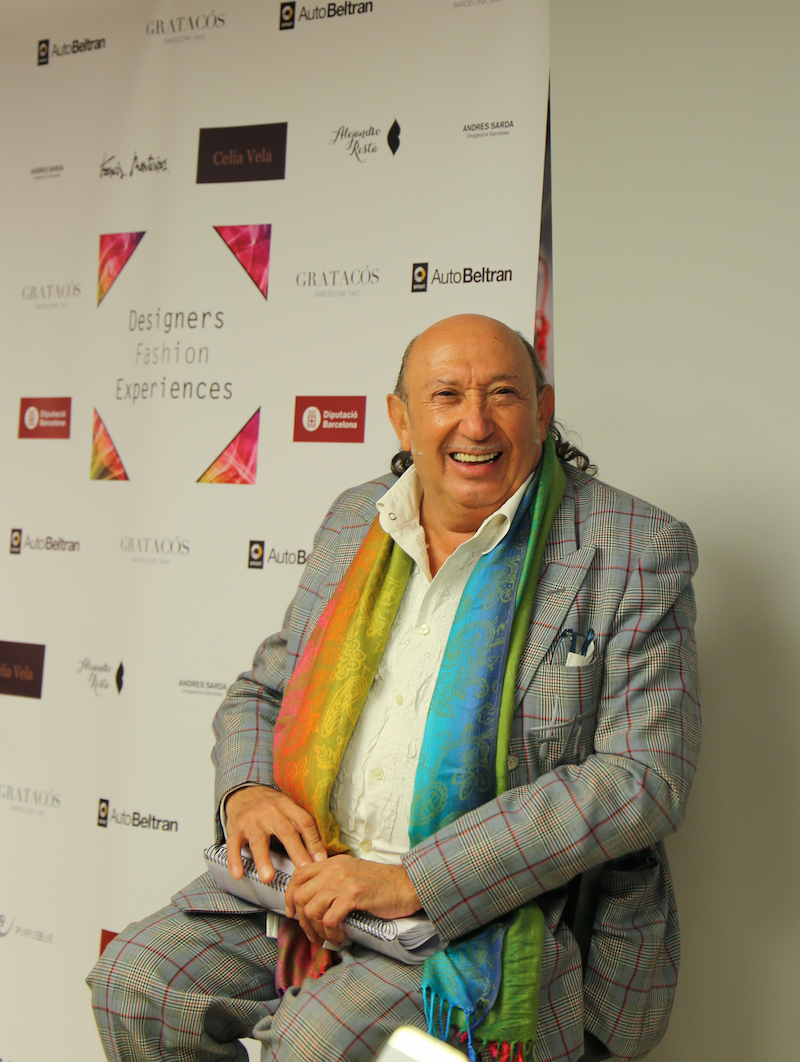
“It is very important to touch a fabric, appreciate it and know what you will do with it”
What are the keys to success in each parade? It is the work of a team that is exposed in just a few minutes…
I am one of the few who do everything. I want to say that I do not let anyone put the music on, the lights, the outfits … Now I do not get as nervous as before because I have a team of young people who know how to do everything.
What is the importance of interpreting a design? The work of the designers and seamstresses …
I remember Mrs. Concha, who was the head of the workshop, she had the upmost patience to make me see how important her profession was because I gave more importance to design than to the production. From this I learned a valuable lesson: the day you find a pattern maker, treat her with love because they are worth gold.
How do you deal with the ego?
I have never thought about being famous. Never in my life. I have always thought that I like this profession and that I want to learn from it every day. I enjoy my profession and thats it.
What is your best design?
The best design I’ve done is the one I have not done yet because once I’ve made a design I do not like it anymore. I mean, once I created it, it has lost the mystery. I’m passionate about doing something new.
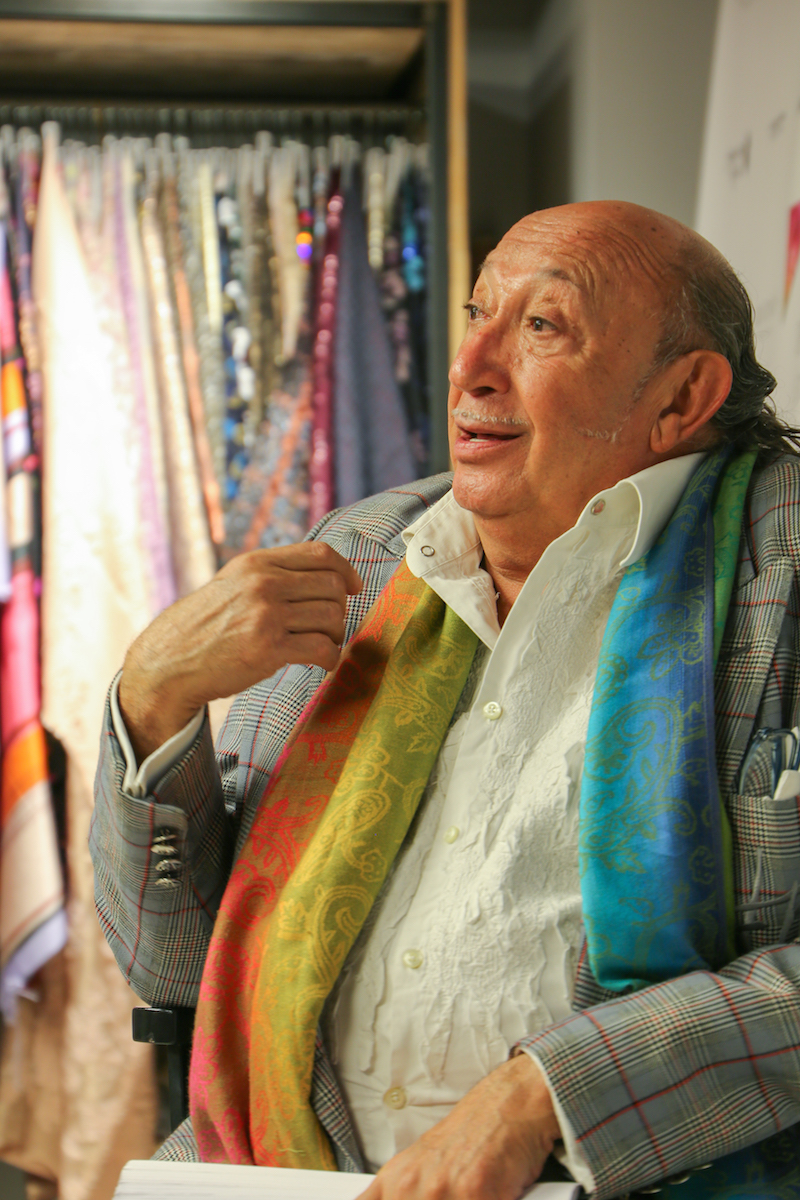
“I have never thought about being famous”
Who would you like to dress up?
I ‘ve already said it on previous occasions that I like to undress more than dress -he laughs-. I believe that there must be a communion between the brand and the client . If you do not like it, you will not wear the dress, that is obvious.
And finally, tell us about the business. How to survive?
The textile business has always been very problematic and the “rag” is what gives you the least money. There are other aspects that are more profitable, such as designing a pair of glasses, a mobile phone … You have to try to work your way up bit by bit.

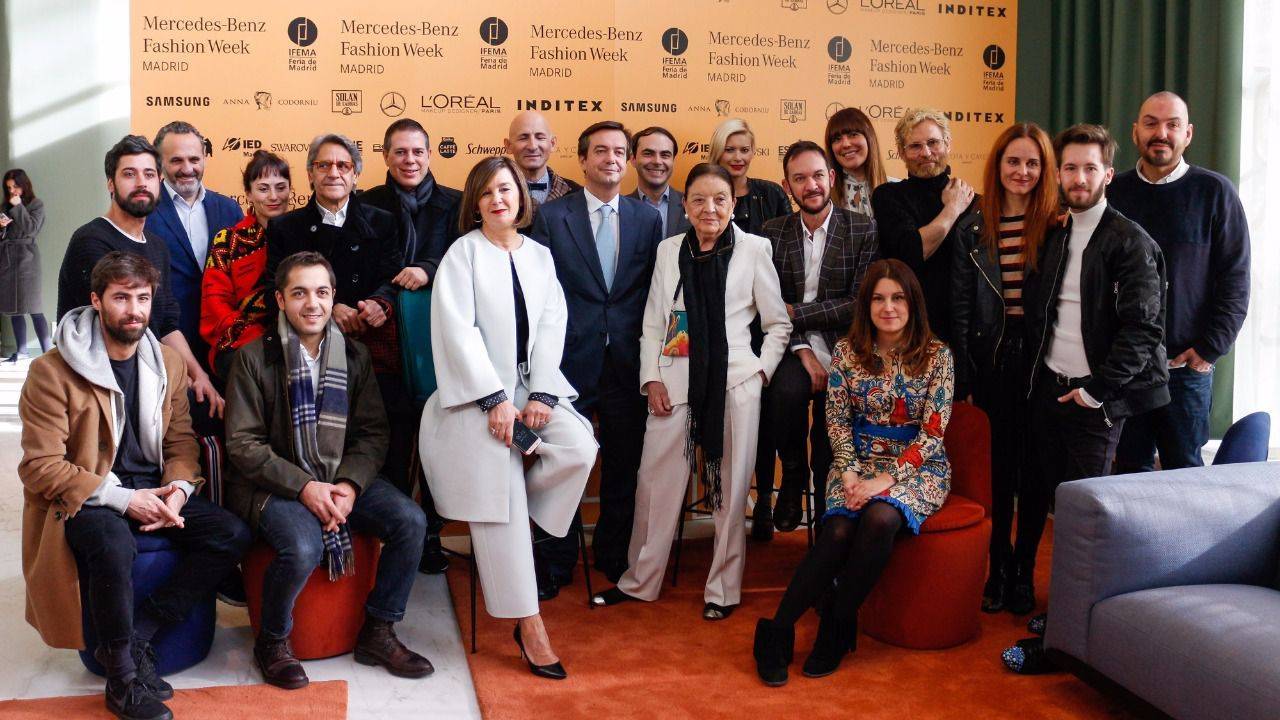
February is the month for fashion weeks. Barcelona, New York, London, now Madrid and to finish off Milan. Concentrating on the Spanish capital, in this edition a total of 42 Spanish companies will parade on the cat-walk Mercedes/Benz Fashion Week Madrid (MBFWM), which is presenting an agenda full of organisational innovations. One of these is the incorporation of Charo Izquierdo as director, who takes over from Leonor Pérez-Pita. Another is in the participating creative designers, with new names to swell their list. As usual the main event in Spanish fashion will take place from 16th until 21st February in pavilion number 14.1 of Ifema.
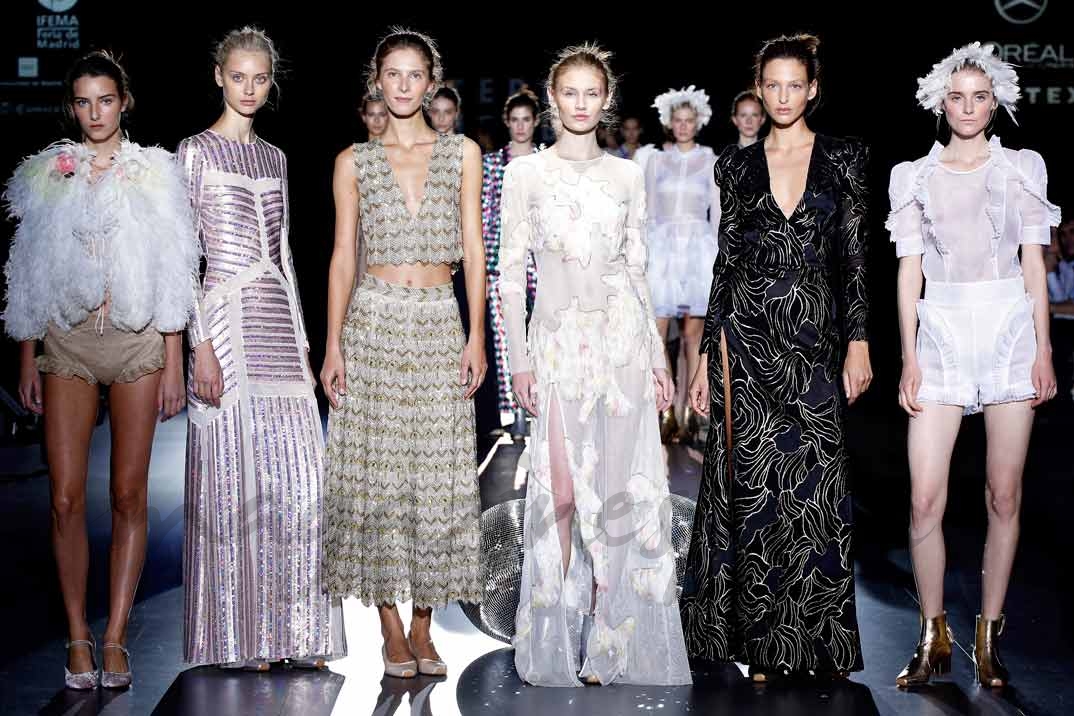
Teresa Helbig
With regard to the designers, this year sees the addition of important names in fashion such as Custo Barcelona, Menchén Tomàs and Marcos Luengo. The first two are regulars of the Catalan fashion-parades. These individual-based companies are in addition to the list of designers who participate every year in the MBFWM, such as Roberto Verino, Angel Schlesser, Moisés Nieto, Miguel Marinero, Teresa Helbig, The 2nd Skin Co or Maine, amongst other well-known names.
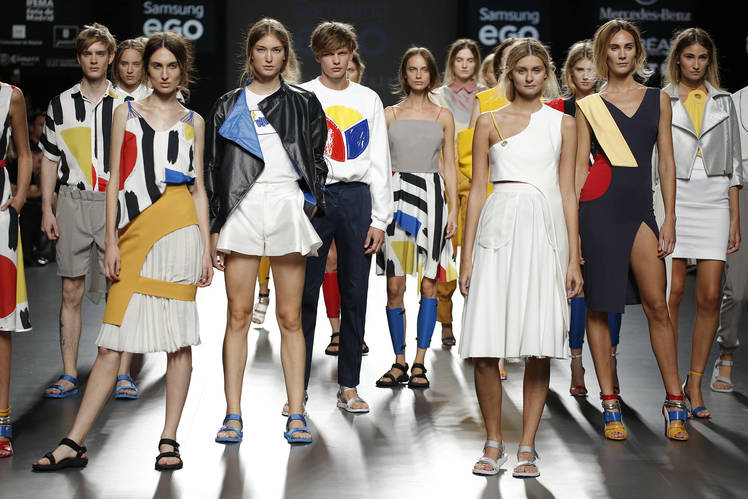
Juan Carlos Pajares
In the category of young fashion talents, SAMSUNG EGO also mentions the designer Juan Carlos Pajares, whose path we have been following since his debut last year. He is a fashion entrepreneur from Guadalajara with a style that has proved seductive for many Spanish celebrities. The Samsung Ego Showroom will take place in El Cibelespacio and will feature the participation of fifteen young designers.
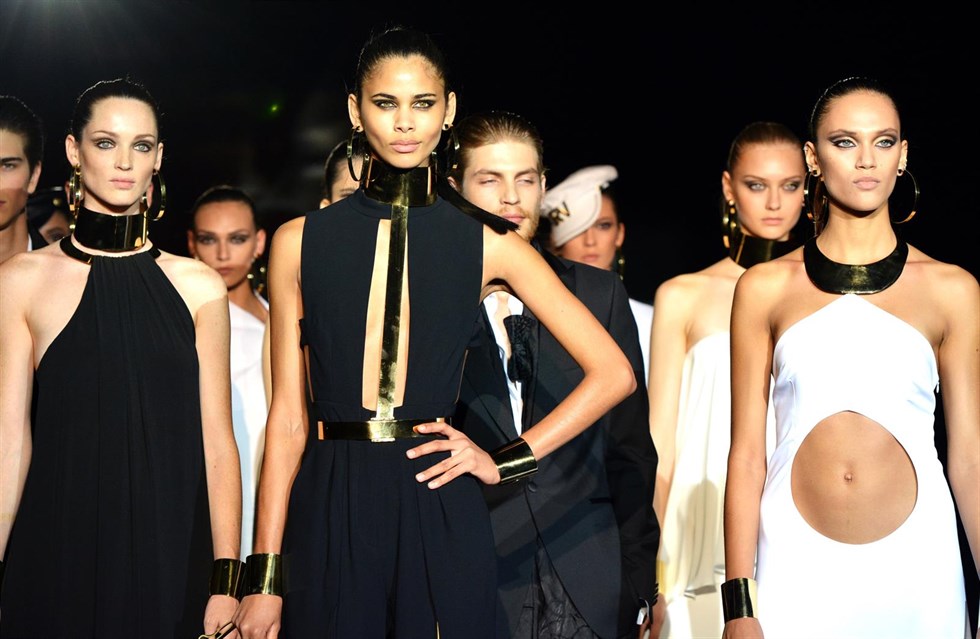
Roberto Verino
The trend “I see it and I want it” is becoming established in Spain.
Without doubt the trend revelation of the year is the so-called “See now, Buy Now” boasted by international fashion-houses such as Tom Ford, Burberry or Tommy Hilfiger. After its success in080Barcelona Fashion this novel business concept of presenting the collections which consumers will then buy on-the-spot is arriving in Madrid courtesy of Roberto Verino. This new formula consists in creating collections which customers can see and buy on-the-spot, encouraging a consumption which is sustainable and responsible.
At Gratacós we will be keeping a close watch on the fashion-parades so as to not lose sight of any of our fabrics. We will keep you informed…
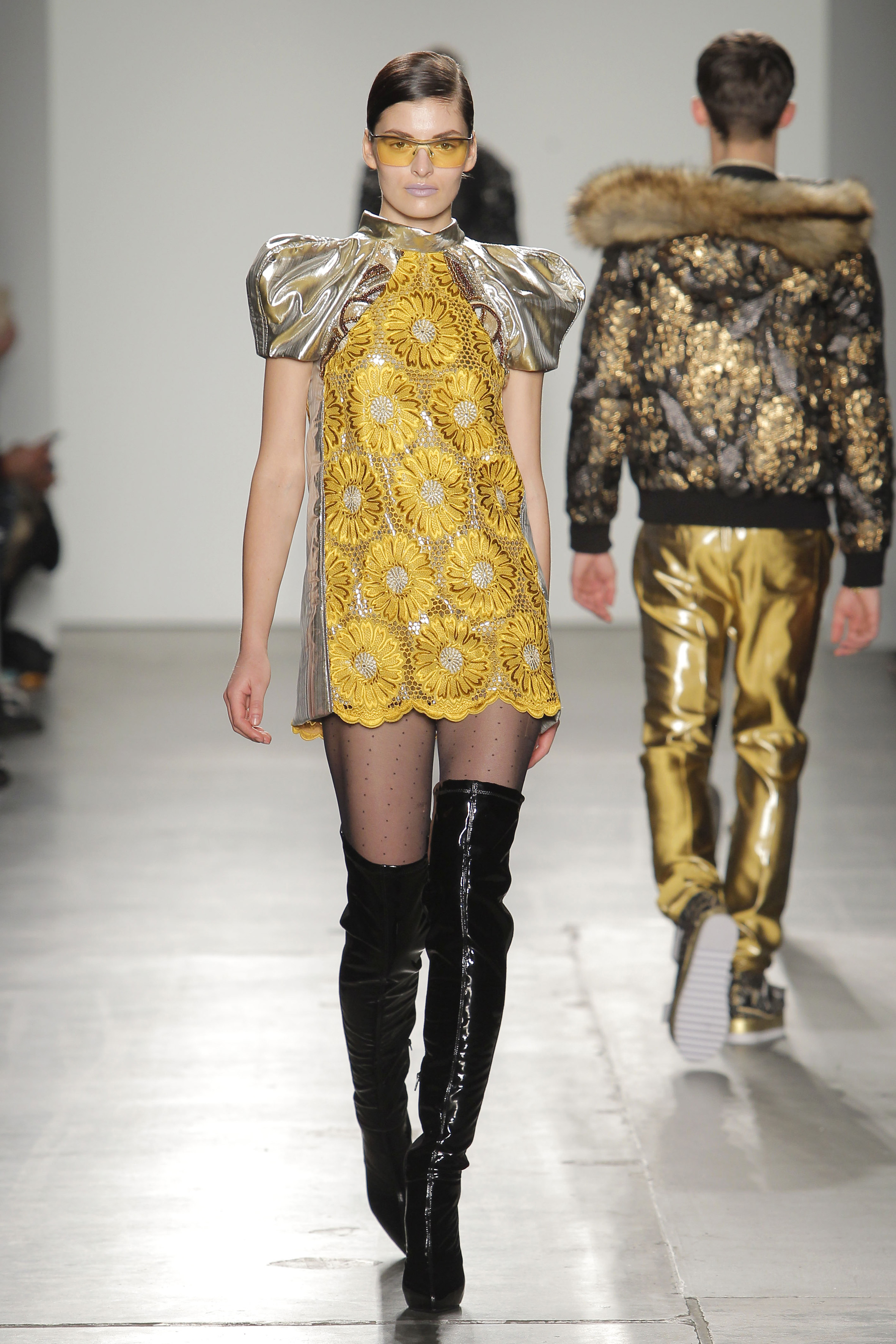
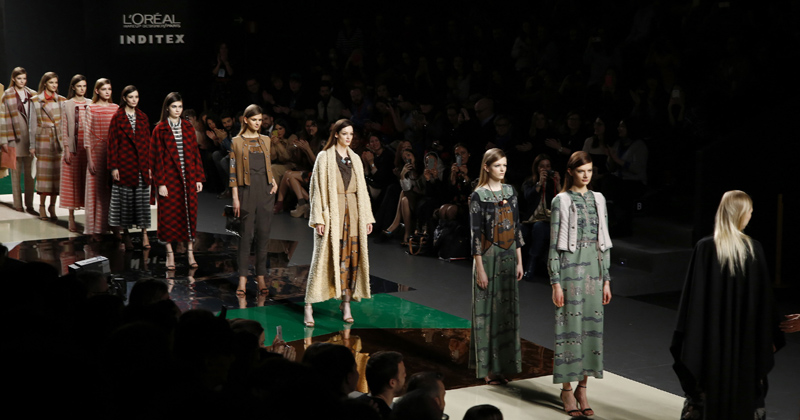
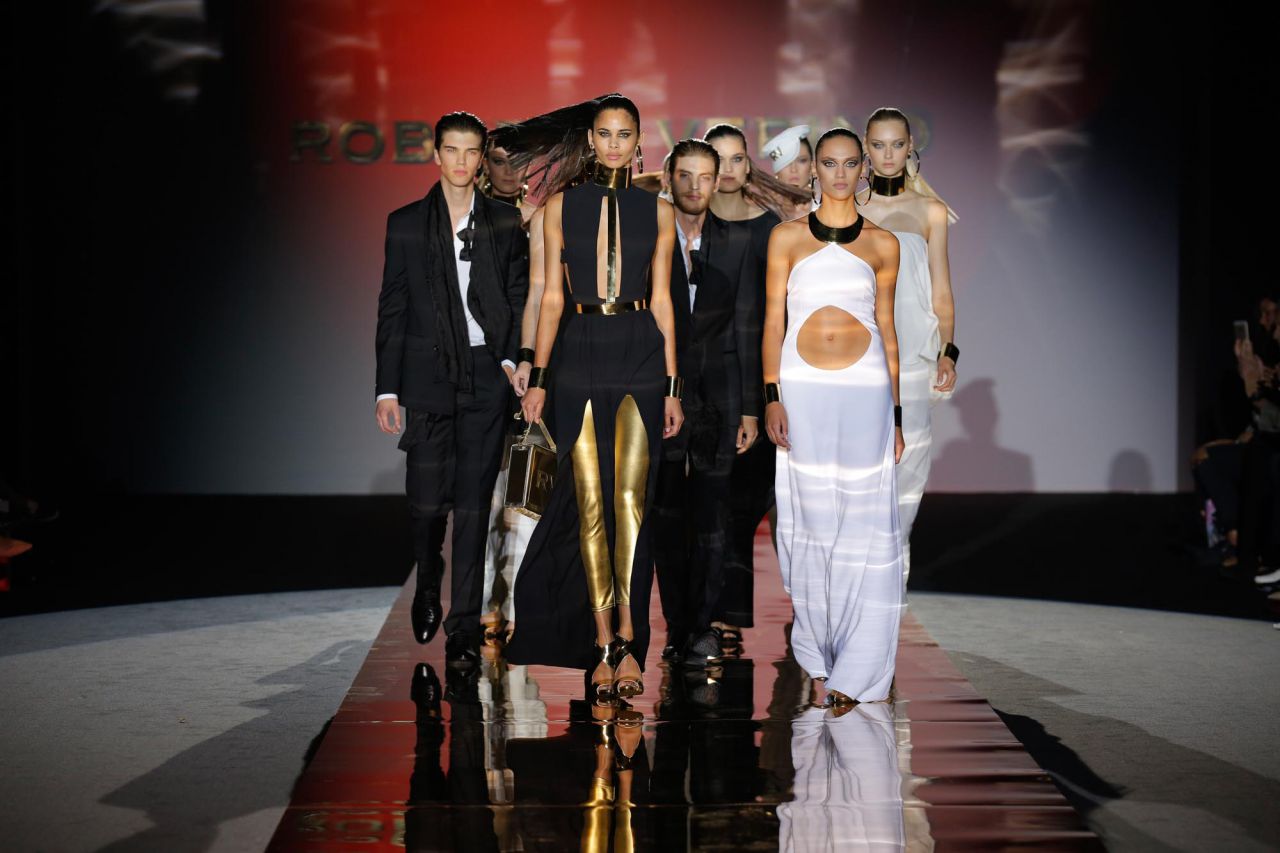
 Who was Pedro Rovira? Why has his work been hidden for decades if it was one of the great Spanish tailors? Coinciding with the centenary of the birth of the dressmaker Pere Rovira i Planas (1921-1978), the Badalona Museum pays tribute to one of their illustrious sons with a wide retrospective that recovers the figure and contemporary spirit of the Badalona born couturier’s legacy .
Who was Pedro Rovira? Why has his work been hidden for decades if it was one of the great Spanish tailors? Coinciding with the centenary of the birth of the dressmaker Pere Rovira i Planas (1921-1978), the Badalona Museum pays tribute to one of their illustrious sons with a wide retrospective that recovers the figure and contemporary spirit of the Badalona born couturier’s legacy .









